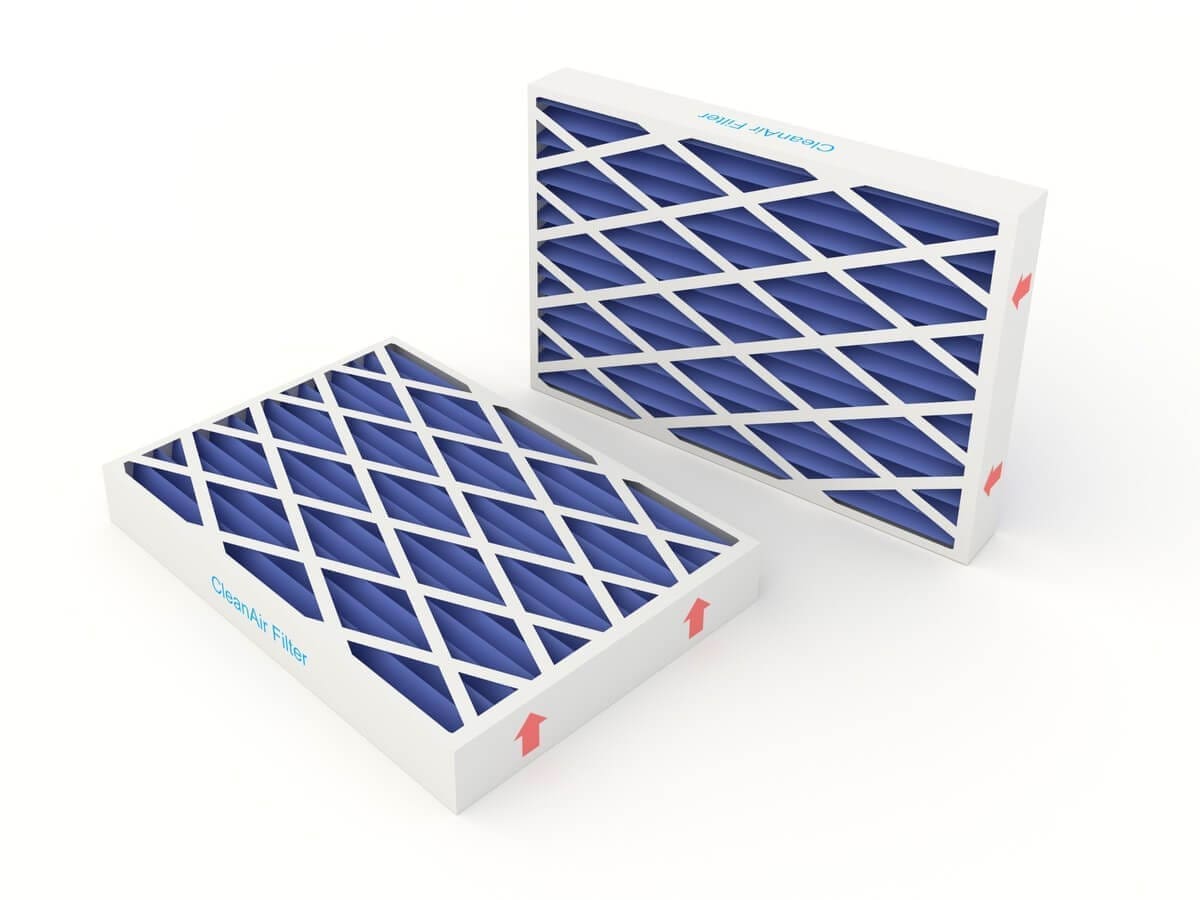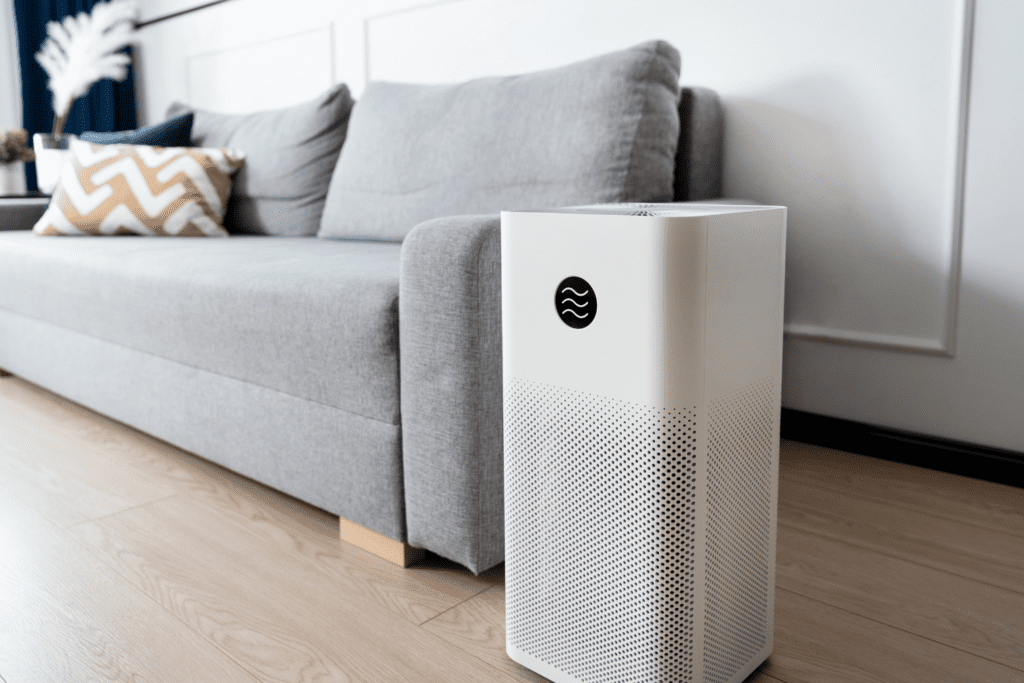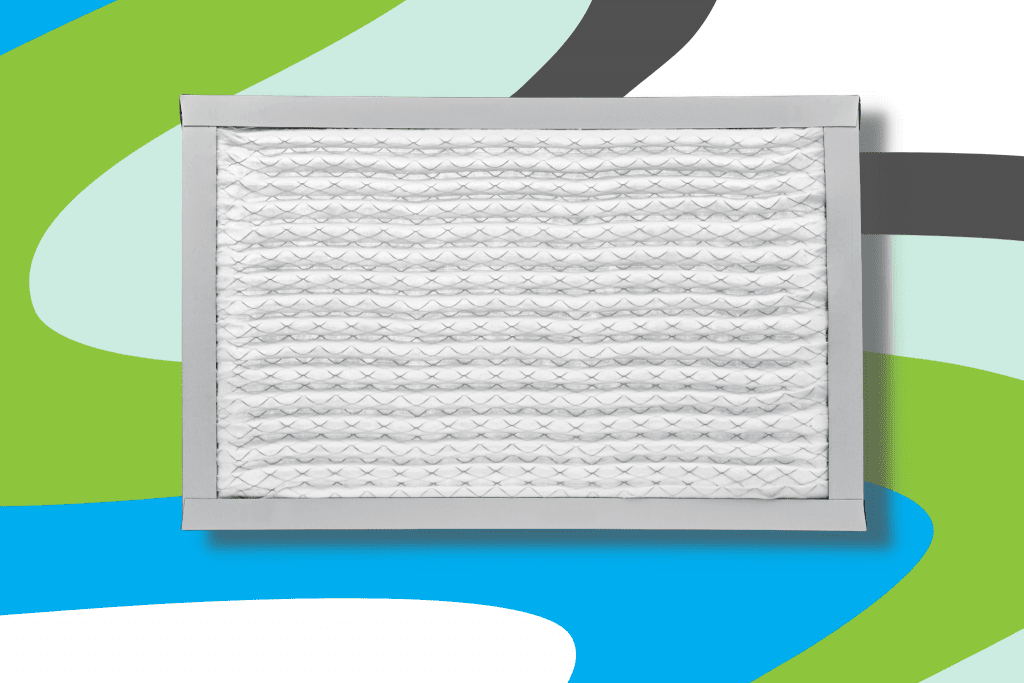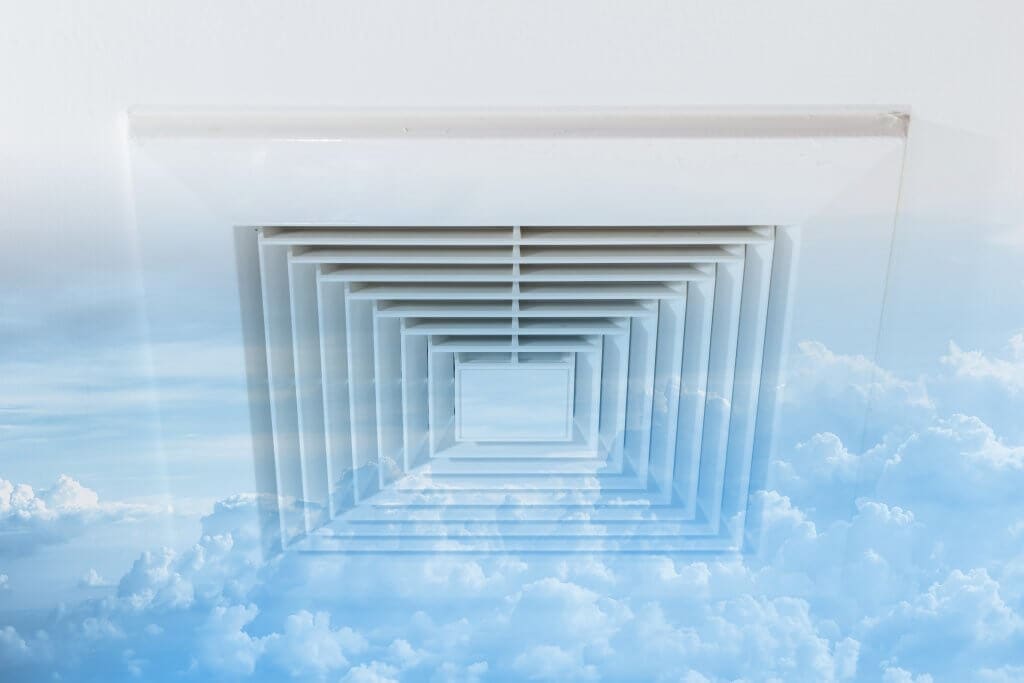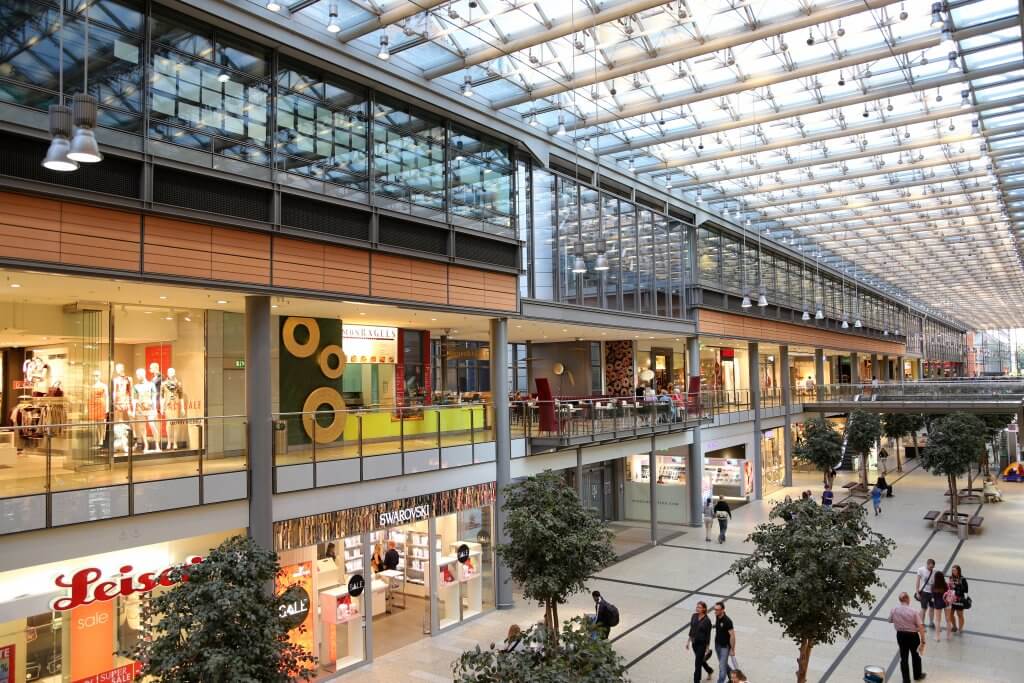The air we breathe, both indoors and outdoors, is full of pollutants. Thanks to modern human emissions and the effects of climate change, air quality is worsening every day. This makes highly crowded and more dense indoor areas, such as schools more at risk. Before reopening, administrators should install the best school air filter for their districts.
K-12 schools, college classrooms, and all educational spaces have been forced to make adjustments because of the ongoing pandemic. Whether your child or your community’s schools have already opened or are currently figuring out plans to do so, it’s important to focus on air quality upgrades that can help keep learning spaces healthy.
The Importance of Air Filtration
Between teachers, faculty members and students, roughly 56 million people teach, work or learn in primary and secondary school settings every year. That’s just about 20% of America’s population spending their daily lives at schools. These numbers don’t even account for the additional population of college-level students and educators as well as alternative learning settings.
All in all, that is a large part of the population. The last thing teachers and students need is to breathe in unhealthy air pollutants in the spaces they occupy on a near-daily basis. Yet, it’s estimated that 25% of public schools have less than satisfactory ventilation and 20% of all schools have poor indoor air quality.
This is where air filtration comes into play and why it’s so important. The best school air filter will capture and eliminate all sorts of harmful air pollutants. This includes bacteria and virus particles as well as mold spores, dust and pollen.
We recommend upgrading to MERV 13 air filters in particular. MERV 13 is often a huge upgrade from standard air filters used in both residential and commercial spaces and a great investment for schools and classroom spaces. Confused about MERV ratings and which to advocate for your school’s safety? Read our full breakdown here.
Filtration offers a powerful method to cleanse the air. It does so by circulating through schools and protect the health of both teachers and learners alike. This is perhaps all the more crucial with today’s current state of affairs.
Protection From Airborne Illnesses
In this present moment, it’s quite clear that schools need to take every measure possible against the spread of COVID-19. While air filters cannot solve the coronavirus pandemic, having updated air filters can help limit the virus’ spread. This is because filters are able to capture and thus eliminate harmful air pollutants like virus particles.
The role HVAC systems play in the spread of COVID-19 is not fully researched. Experts’ opinions and previous research done for other similar respiratory illnesses show that HVAC systems likely play a part. Air filtration is thus the primary defense available. Air filters are actively removing harmful particles from the air before they can recirculate. The results – cleaner and healthier indoor spaces.
In addition to fighting the novel coronavirus, upgraded air filtration can also help fight cold and flu season and the usual spread of germs that is prevalent in schools. Upgrading to the best school air filter is a simple choice that will help schools protect students and faculty from invisible threats in our indoor air so they can teach and learn safely.
Reduces Other Health Concerns
The coronavirus pandemic has understandably dominated recent health and safety discussions. However, in addition to the pandemic and in a post-pandemic world, there are other health hazards that air filtration helps solve. The baseline indoor air quality in schools is quite poor. In fact, the Environmental Protection Agency (EPA) consistently ranks indoor air pollution as one of the top five public health environmental risks.
Poor indoor air quality has many consequences. It can increase allergies, headaches, coughing and asthma. Considering 1 in 13 children suffer from asthma, a school’s indoor air quality is important.
Thankfully, air filtration will also help reduce health concerns like these. The best school air filter will capture numerous types of air pollutants. This includes dust mites, mold spores and dander that can all contribute to allergies and asthma. Prioritizing air filtration and indoor air quality upgrades benefits all school occupants.
Quality of Education
The effects of poor indoor air quality are far-reaching. For most of us, it’s easy to overlook or underestimate the impact indoor air quality has on quality of life. Nevertheless, indoor air quality affects students and teachers beyond physical health and wellness. According to the EPA, poor indoor air quality can also affect student attendance, concentration, and comfort, impact both student and teacher performance, worsen building and material conditions and increase the potential of school closings.
A 2014 study found that school’s with indoor air quality upgrades or improvements significantly improved standardized test scores. These improvements could be focused on limiting mold, improving ventilation or upgraded roof projects. Regardless of the chosen indoor air quality solution, it’s clear that prioritizing better and cleaner indoor air impacts the well-being and success of students.
Lasting Improvement With Cleaner Air
Studies have shown that children are more at-risk when it comes to indoor air pollution. This is because their bodies are still developing and as a result, they take in higher volumes of air. Considering the amount of time children spend indoors at school, and with the new added threat of COVID-19, now is the time schools must prioritize indoor air quality.
Research also shows that in-person learning is important for school-age children and that it often helps their educational and cognitive learning processes. There must be other solutions available to allow schools and classroom settings to open so children can go back to school with safety still as the top priority. Air filtration provides an easy answer to this need.
If you have a child in school or work in education, you should be concerned with air filtration. Anyone that is in schools on a daily basis should ensure their buildings have MERV 13 or higher rated filters. In addition to advocating for proper air filtration at schools, make sure to prioritize indoor air quality upgrades for your home as well. We spend a majority of our time indoors. Choose to take control of the air you and your family breathes.
